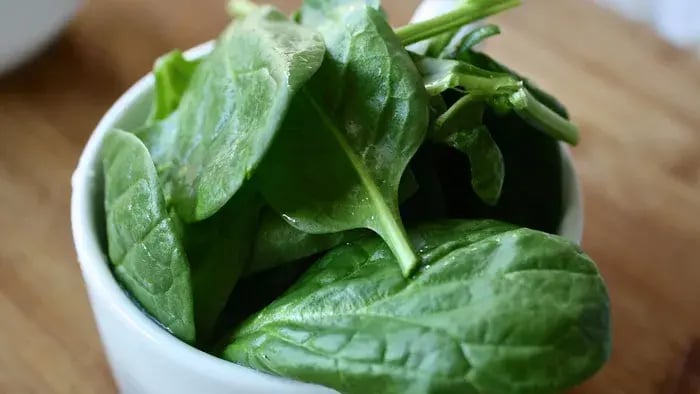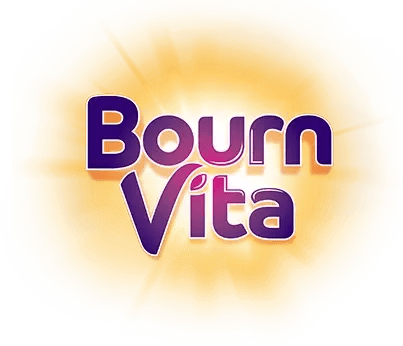- Spinach (Palak)
- Jaggery (Gur)
- Beetroot
- Toor Dal and Moong Dal
- Dates
- Pumpkin Seeds
- Pomegranate (Anar)
Introduction
Hemoglobin is responsible for carrying oxygen throughout the body, and healthy hemoglobin levels are important for energy, focus, and overall growth in kids. When iron levels drop, it can lead to tiredness, weakness, and poor appetite—signs that are often overlooked in growing kids. One of the simplest and most effective ways to support hemoglobin is through food.

Natural iron-rich foods can prevent iron deficiency and promote better blood health. The good news is that many such foods are already a part of our daily Indian meals. From leafy greens and lentils to jaggery and dry fruits, these ingredients are nutritious, affordable, and easy to include in a child’s diet. Combining iron-rich foods with vitamin C sources like lemon, amla, or tomatoes also helps in absorption and results.
By adding variety and colour to meals, you can make iron-rich foods more appealing. For example, palak paratha, dates milkshake, or a bowl of rajma-chawal taste good and support better iron intake. These small dietary habits can make a big difference over time.
Supporting your child’s hemoglobin naturally helps them stay active, alert, and strong. With a few mindful changes to daily meals, you can lay the foundation for better health now and in the future.
7 Haemoglobin-Rich Foods for Kids: Natural Ways to Prevent Iron Deficiency
Iron plays a key role in producing haemoglobin, the protein in red blood cells that carries oxygen throughout the body. Low iron levels may make children feel tired, weak, or less active. These foods help maintain healthy hemoglobin levels and support energy, focus, and growth.
Spinach (Palak)

As per a study published in, Treasure Island 2025, spinach is one of the best sources of plant-based iron and is easy to prepare in several ways. You can add it to parathas, dal, or blend it into a mild palak soup. Pairing it with a bit of lemon juice or tomato helps the body absorb the iron better. Its soft texture and mild flavor make it suitable even for younger kids.
Jaggery (Gur)
According to research done in Sugar Tech 2021, jaggery is a traditional Indian ingredient rich in iron. A small piece after meals or jaggery added to rotis, chikki, or porridge satisfies sweet cravings and supports hemoglobin levels. It’s especially helpful in winter and works well in both snacks and sweets.
Beetroot
A research paper was published in Plants (Basel). 2020 states that beetroot supports blood health, is rich in iron, and can be served in many forms—grated in salads, cooked in curries, or blended into smoothies. Beetroot halwa and beetroot paratha are fun, colourful dishes that children often enjoy. Its natural sweetness makes it appealing while helping increase red blood cell production.
Toor Dal and Moong Dal
According to the National Health Mission, Himachal Pradesh, common Indian dals like toor and moong are excellent vegetarian sources of iron. They're easy to digest, quick to cook, and perfect for daily meals. Serve them with rice, soft rotis, or khichdi, and add a squeeze of lemon to improve iron absorption.
Dates
As per a study published in Pediatric Health Med Ther 2019, dates are rich in iron, fibre, and natural sugar. Offer them as-is, chop them into oatmeal, or blend them into a milkshake. Date laddoos or bars made with dry fruits are also great travel snacks. A couple of dates in the morning can give an iron boost without much effort.
Pumpkin Seeds
Research conducted by Bioinformation. 2022 states that pumpkin seeds are loaded with iron and other minerals like zinc and magnesium. Sprinkle them over fruit bowls, add them to smoothies, or roast them and offer them as a crunchy evening snack. These are especially helpful for picky eaters who enjoy finger foods.
Pomegranate (Anar)
According to a study conducted in Exp Ther Med 2017 pomegranate is loaded with iron, vitamin C, and antioxidants that help increase hemoglobin and improve iron absorption. Serve fresh or as juice. It’s a great mid-morning snack that also boosts immunity and adds natural colour to your child’s plate.
Conclusion

Including these foods regularly in your child’s meals can make a big difference in preventing iron deficiency. They are easy to find, affordable, and can be cooked in kid-friendly ways. With creativity and consistency, supporting your child’s hemoglobin levels can become a natural part of daily nutrition.
Her love for storytelling began with reading her grandfather’s speeches, where Tarishi saw the power of words in creating lasting memories. Combining her passions for food and writing, she has turned her life into a fulfilling path of sharing stories that celebrate flavours and how food brings communities together.
The views expressed are that of the expert alone.
The information provided in this content is for informational purposes only and should not be considered a substitute for professional medical advice, diagnosis, or treatment. Always seek the advice of your physician or another qualified healthcare provider before making any significant changes to your diet, exercise, or medication routines.
References
https://pmc.ncbi.nlm.nih.gov/articles/PMC6927593/
https://pmc.ncbi.nlm.nih.gov/articles/PMC6927593/
https://nhm.hp.gov.in/storage/app/media/uploaded-files/Iron%20rich%20food1.pdf
https://pmc.ncbi.nlm.nih.gov/articles/PMC7764643/
















